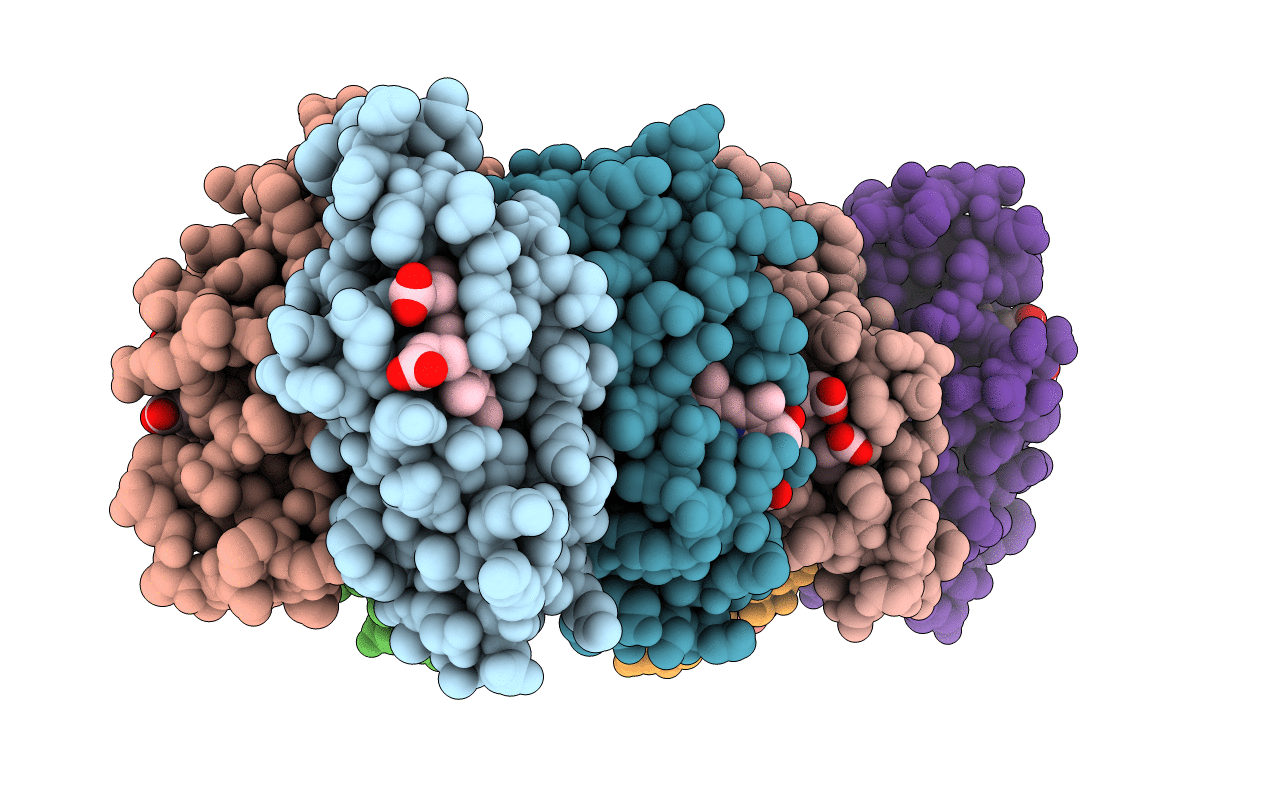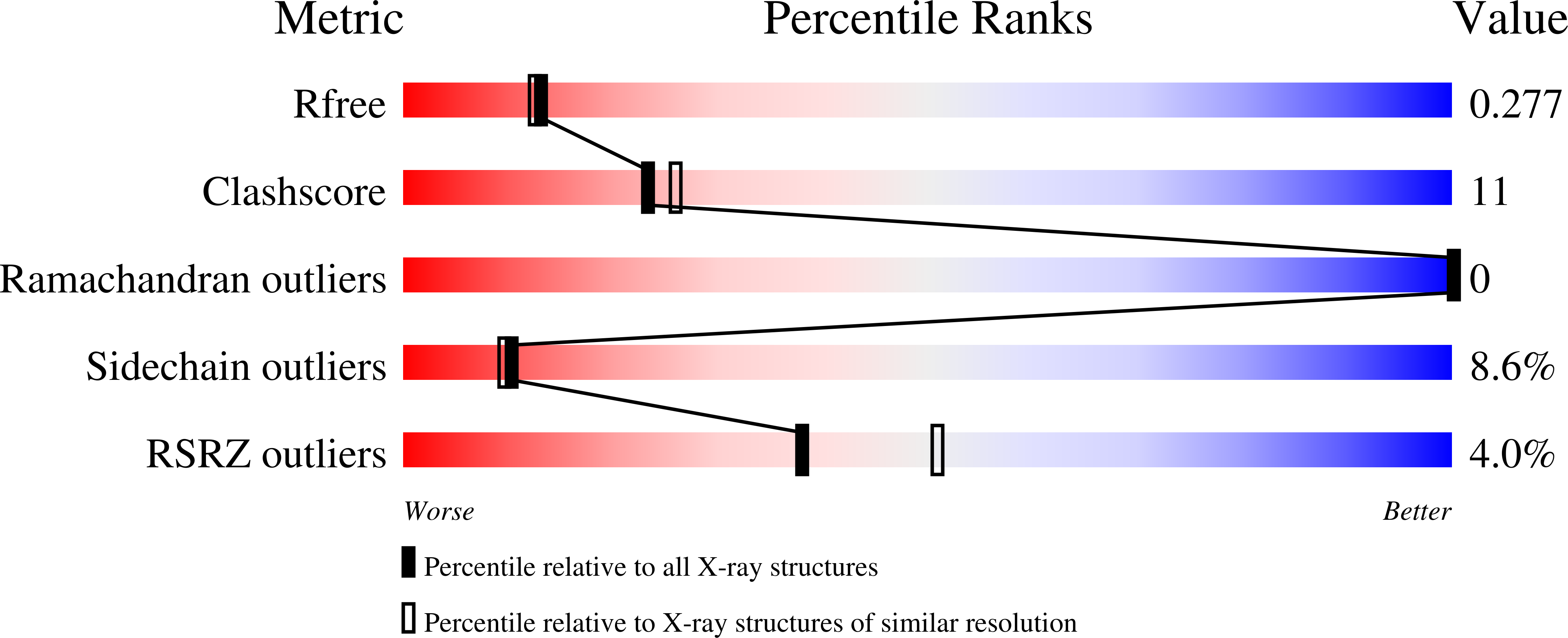
Deposition Date
2009-05-31
Release Date
2010-02-09
Last Version Date
2023-09-06
Entry Detail
PDB ID:
3HNI
Keywords:
Title:
Crystal structure of the Zn-induced tetramer of the engineered cyt cb562 variant RIDC-1
Biological Source:
Source Organism:
Escherichia coli (Taxon ID: 562)
Host Organism:
Method Details:
Experimental Method:
Resolution:
2.35 Å
R-Value Free:
0.27
R-Value Work:
0.22
R-Value Observed:
0.22
Space Group:
P 21 21 21


